Comparing the performance between an active fund and an ETF that follow the same index is key to making good investment decisions and improving the performance of portfolios. The proprietary database of BSD Investing *, covering 11,000 funds domiciled in Europe over a period of more than 20 years, allows fair comparisons and reliable analyzes. A grail to better manage your portfolio.
Active managers or ETF, who are currently doing the best ?
Since the Covid 19 crisis of March 2020, active managers have shown upward performance compared to previous years. If we consider the average over more than 30 universes ranging from stocks to bonds in all regions and strategies, in 2020, it was more than 52% of active managers who outperformed their passive counterparts. Last record to date: 2015 with + 53%.
In the first half of 2021, this trend was confirmed. 50% of active managers continue to outperform ETF management (average over 31 universes of equities and bonds).
What is the secret of this improvement for active management ?
I would say a word: Flexibility. Following the start of the economic crisis linked to the Covid 19 pandemic, we have witnessed a strong rotation between sectors and themes, with more opportunities on the market. Active managers have been able to adapt to the changes linked to this new situation and select companies with the best results, taking into account new types of data caused by the pandemic or avoiding those with the worst results.
Are there variations in performance depending on the asset class ?
In the first half of 2021, the results of active bond managers were solid in a context of volatile interest rates but helped by a favorable credit environment in the United States. 54% of them outperformed passive funds, close to the 2020 record of 55%. Active managers on US High Yield bonds, global bonds, global corporate bonds and emerging debt have had the highest results. Bonds indexed to global and euro inflation, and euro area government bonds, for their part, performed best for ETFs.
In a favorable stock market environment marked by numerous sectoral and thematic rotations, 46% of active action managers outperformed their passive counterparts below the 54% reached in 2020. The universes actions China, Europe & US Value and Japan all capitalizations were among the most promising for active managers. In addition, 49% of active managers US large capitalizations have outperformed their passive counterparts, a record level for 10 years. The best active managers in this segment underweighted the technology sector, which underperformed the period.
Strong point of passive management on this first half of 2021, Europe, where only 39% of active funds have outperformed FTEs. Active managers were penalized by under-exposure to the financial services and energy sectors which were among the best performing sectors at H1 2021. The large capitalizations of the euro zone, the small American capitalizations and the European growth were among the best universes for the passive funds.
In addition what can be said of the behavior of active and passive managers during the Covid 19 pandemic ?
The Covid19 crisis has enabled both management styles to demonstrate their resilience. Active managers have confirmed their ability to seize market opportunities while ETF management has also successfully passed the test of this crisis without major liquidity problems.
Our Research Department at BSD Investing has demonstrated the ability of active management to outperform during stock markets. Indeed, 62% of active managers have succeeded in outperforming passive management in stock markets over the past 20 years (analysis carried out on funds domiciled in Europe, out of 31 universes ranging from stocks to fixed income securities **) ; and only 31% did it during bull markets. The Covid 19 crisis confirmed this analysis with 59% of active managers who have outperformed.
What should be remembered since the beginning of the year ?
The comparison of performance between active management and FTE in the first half of 2021 shows mixed performance between active and passive funds according to market areas and phases. After a decade of bull market, the Covid 19 crisis has brought to the fore the differentiating role of each management style.
Both active management and passive management have a role to play in optimizing the performance of the portfolio. Determining the optimal distribution of portfolios between the two is one of the key questions for building efficient portfolios regardless of economic conditions.
Article published in Citywire France on September 10th 2021
Source: BSD Investing, proprietary database. Calculations between 30/6/2011 and 30/6/2021. The performance of active funds is compared to that of passive funds according to the same index. ** A bear / bull market is defined by a +/- 20% change of market index over a minimum period of 90 days.
Marlene Hassine Konqui

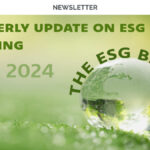


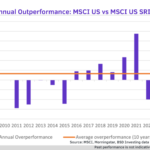


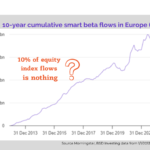

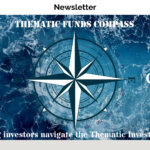
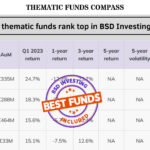
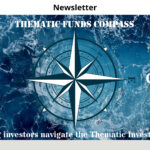

Leave a Reply
You must be logged in to post a comment.